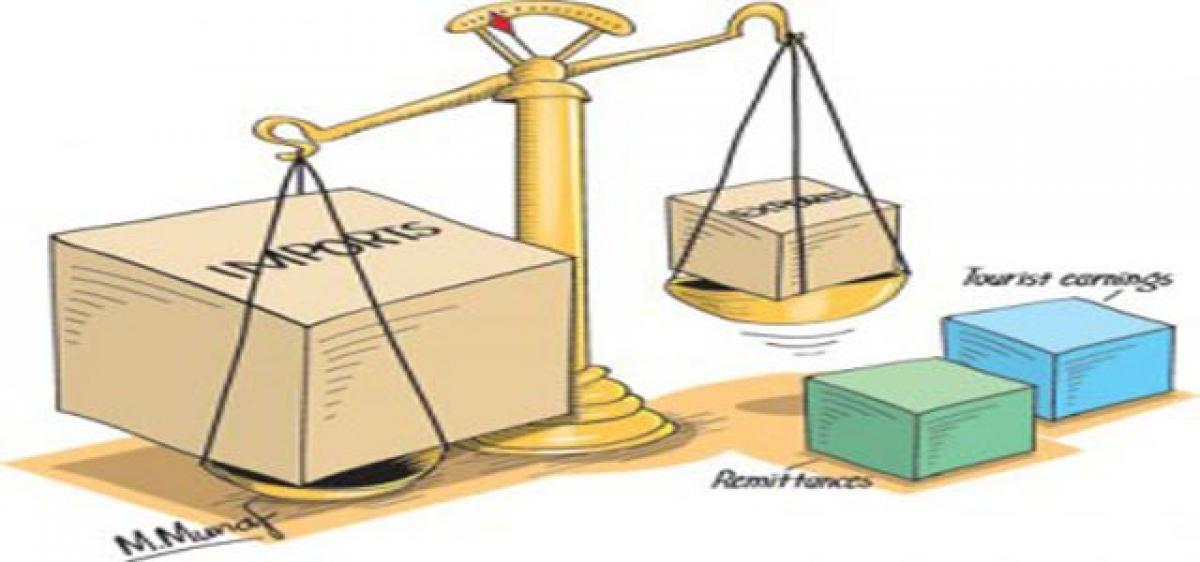Current Account Deficit

India\'s current account deficit is expected to see a 50 per cent rise to $30 billion in 2017-18 from $20 billion in the current financial year on higher oil and gold imports, domestic rating agency ICRA says.
India's current account deficit is expected to see a 50 per cent rise to $30 billion in 2017-18 from $20 billion in the current financial year on higher oil and gold imports, domestic rating agency ICRA says. "ICRA expects higher oil and gold imports to enlarge India's current account deficit to $30 billion (1.2 per cent of GDP) in 2017-18 from $20 billion in 2016-17 (0.9 per cent of GDP), arresting the trend of moderation recorded for four consecutive years since 2013-14," the rating agency said in a statement here.
However, the pressure related to the financing of a larger current account deficit would abate with the resumption of non-resident Indian (NRI) deposits in 2017-18, ICRA says. A current account deficit means the value of imports of goods / services / investment incomes is greater than the value of exports. It is sometimes referred to as a trade deficit. Though a trade deficit (goods) is only part of the current account. If there is a current account deficit, it means there is a surplus on the financial / capital account.
If a current account deficit is financed through borrowing it is said to be more unsustainable. This is because borrowing is unsustainable in the long term and countries will be burdened with high interest payments. E.g Russia was unable to pay its foreign debt back in 1998. A factor behind the Asian crisis of 1997 was that countries had run up large current account deficits by attracting capital flows (hot money) to finance the deficit. But, when confidence fell, these hot money flows dried up, leading to a rapid devaluation and crisis of confidence, according to http://www.economicshelp.org.
There are largely three components of CAD. The largest component is the trade deficit. That's when the country imports more goods and services than it exports. The second largest component is a deficit in net income. This is when foreign investment income exceeds the savings of the country's residents. This foreign investment can help a country's economy grow.
However, if they don't get a return on their investment in a reasonable amount of time, they will withdraw their funds, causing a panic. The last component of the deficit is direct transfers, which includes government grants to foreigners. It also includes any money sent back to their home countries by foreigners, as per www.thebalance.com.














